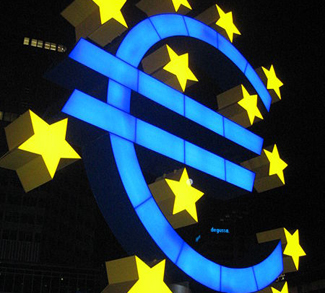The European Union’s stability will be put to a new test with the looming approach of the Greek debt repayments in the upcoming months. The country is facing a relentless debt payment schedule, and it will be a struggle just to keep the lights on.
What happened?
The 2008-2009 financial collapse triggered a sovereign debt crisis in Europe, of which Greece was the epicenter. The Greek government announced in 2009 that it had been understating its deficit figures for years and that the country had entered a downward economic spiral. This announcement led to the downgrading of Greece’s credit ratings, which sent the country hurdling towards bankruptcy.
To avoid a possible new financial crisis the ‘Troika,’ consisting of the International Monetary Fund, the European Central Bank and the European Commission, agreed to loan money to Greece to give the country time to recover. The loans, which amount to around $264 billion, came with conditions forcing the Greek government to apply strong austerity terms on its people (e.g. budget cuts, increased taxes, lowering pensions and salaries of government workers).
After six years of recession, the Greek economy has shrunk by 25% and currently has an unemployment rate of more than 25%. The Troika loans that should have stimulated growth did not make their way into the local economy because the government used the money to pay off its international debt held by various banks.
Thus, the main difference in the loan repayment dynamic today is that Greece owes money to the IMF and the European Banks, and not to private creditors.




